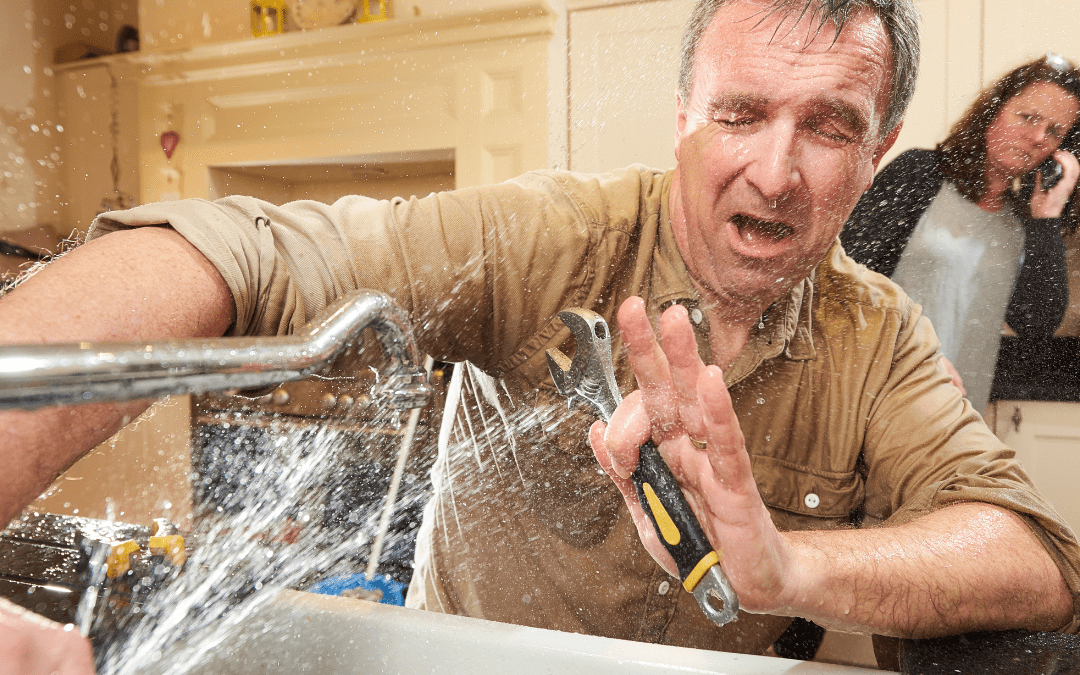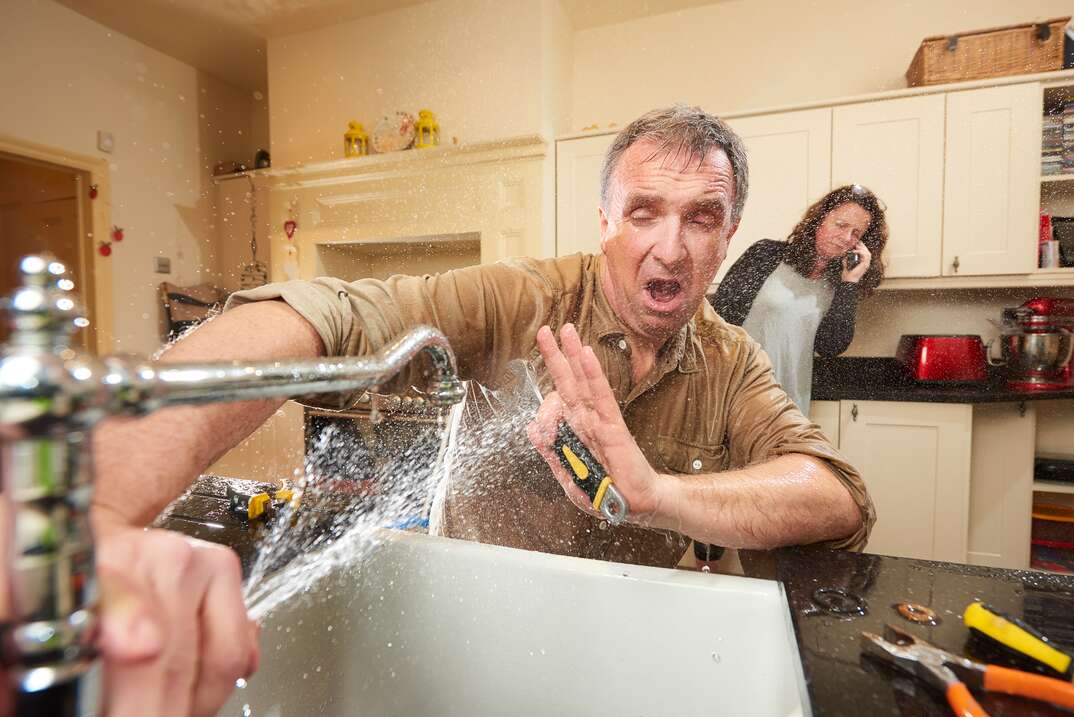What're your opinions with regards to When to Call a Plumber? DIY or Professional Help?

Intro
Plumbing problems can range from minor aggravations to significant frustrations, commonly prompting homeowners to determine in between taking on the issue themselves or calling a professional plumbing. Recognizing when to do it yourself and when to seek specialist help can conserve time, cash, and stop possible catastrophes. This short article checks out the factors to think about when making this essential decision.
Advantages of DIY Plumbing
Taking on plumbing jobs on your own can be satisfying in numerous ways, especially for less complex tasks.
Expense Savings
Do it yourself pipes jobs typically conserve cash by staying clear of specialist service charge. Tasks like taking care of small leaks, changing faucets, or mounting brand-new showerheads are examples where house owners can take care of repairs without hiring a plumbing.
Skill Enhancement
Participating in DIY plumbing uses a possibility to find out and improve useful abilities. Fundamental jobs equip house owners to understand their plumbing systems better and get self-confidence in managing tiny repair services independently.
Threats of DIY Plumbing
While DIY jobs provide advantages, specific threats must be very carefully taken into consideration before trying repair services.
Complexity of Jobs
Some pipes problems call for customized knowledge and tools past normal property owner capabilities. Messing up complicated troubles can lead to further damage and expensive repair services.
Safety Concerns
Collaborating with plumbing systems entails risks such as direct exposure to water damages, potential for electric dangers, and managing tools inaccurately. Safety and security precautions must be observed to stop accidents and guarantee effective repair services.
Indicators to Call a Professional Plumbing
Recognizing when a pipes problem exceeds DIY capabilities is vital to avoid getting worse problems.
Indications of Facility Concerns
Instances include:
Motivate expert treatment is required to resolve these issues effectively and decrease damages.
Do It Yourself Plumbing Tips
For successful DIY plumbing, it's vital to be prepared with the right devices and adhere to correct treatments.
Fundamental Tools and Products
Key tools for do it yourself pipes:
Step-by-Step Guides
Clear directions ensure risk-free and effective do it yourself fixings:
Picking the Correct Time to DIY
Determining when to tackle plumbing jobs on your own needs analyzing both the complexity of the problem and personal convenience degrees.
Assessment List
Think about:
When to Definitely Call a Specialist
Particular scenarios demand prompt experienced focus to prevent considerable damages or safety and security hazards.
Examples include:
Finding and Hiring a Professional Plumbing
Choosing a certified plumbing professional makes certain reputable solution and satisfaction in settling plumbing problems.
Standards for Option
Elements to consider:
Expense Evaluation: do it yourself vs. Specialist Solutions
Contrasting the economic effects of DIY initiatives versus specialist pipes solutions assists in making informed choices.
Financial Considerations
Examine:
Verdict
Determining whether to DIY or call a professional plumbing professional hinges on understanding the complexity of plumbing concerns and individual capacities. By considering the benefits and risks, house owners can make educated selections that promote reliable maintenance and secure their homes from pipes calamities.
DIY Plumbing Projects: What Homeowners Can Do and When to Call a Professional
Welcome to our comprehensive guide on DIY plumbing projects. In this blog post, we aim to empower homeowners with the knowledge and skills to tackle basic plumbing tasks around the house. From unclogging drains to fixing a leaky faucet, we’ll walk you through step-by-step instructions on how to handle these common issues.
However, not all plumbing problems can or should be solved with a DIY approach. Recognizing when a problem is beyond your skill level and requires professional intervention is just as important as knowing how to perform basic tasks. We’ll also discuss the signs that indicate it’s time to put down your tools and pick up the phone to call a professional plumber. By understanding when to DIY and when to call a professional, you can save time, avoid potential disasters, and ensure your home’s plumbing system remains in top shape.
Understanding Plumbing Basics
Before we dive into the DIY projects, let’s take a moment to understand the basics of your home’s plumbing system. A typical residential plumbing system consists of two major components: the water supply system, which brings fresh water into your home, and the drainage system, which removes waste water. These systems are made up of a network of pipes, valves, and fixtures that work together to deliver clean water and dispose of waste efficiently.
Regular maintenance of your plumbing system is crucial to prevent minor issues from escalating into major problems. This includes tasks like checking for leaks, removing minor clogs, and ensuring your pipes are insulated for winter. By performing these tasks regularly, you can extend the lifespan of your plumbing system, save money on water bills, and maintain the comfort and hygiene of your home.
In the following sections, we’ll explore some common DIY plumbing projects that homeowners can handle, as well as situations that require the expertise of a professional plumber. Whether you’re a seasoned DIY enthusiast or a beginner, this guide will provide you with valuable insights into the world of home plumbing.
DIY Plumbing Projects Homeowners Can Handle
Plumbing may seem intimidating, but there are several tasks that homeowners can confidently tackle with a little guidance and the right tools. Here are a few common issues you might encounter and how to address them.
Unclogging Drains
Use a Plunger: This is your first line of defense. A good old-fashioned plunger can dislodge the obstruction and clear the drain in many cases. Try a Plumber’s Snake or Hand Auger: If the plunger doesn’t work, a plumber’s snake or hand auger can reach deeper into the pipe to break up the clog. Use a Drain Cleaner: If physical methods fail, a chemical drain cleaner can dissolve the clog. However, use these products sparingly as they can damage your pipes if overused.

I hope you enjoyed reading our post about When to DIY and When to Call in the Plumbing Pros. Thank you so much for spending some time to read through our piece of content. Feel free to take the opportunity to promote this blog posting if you enjoyed it. We cherish your readership.
This Post
 Barret Oliver Then & Now!
Barret Oliver Then & Now! Jeremy Miller Then & Now!
Jeremy Miller Then & Now! Marla Sokoloff Then & Now!
Marla Sokoloff Then & Now! Susan Dey Then & Now!
Susan Dey Then & Now! Kerri Strug Then & Now!
Kerri Strug Then & Now!